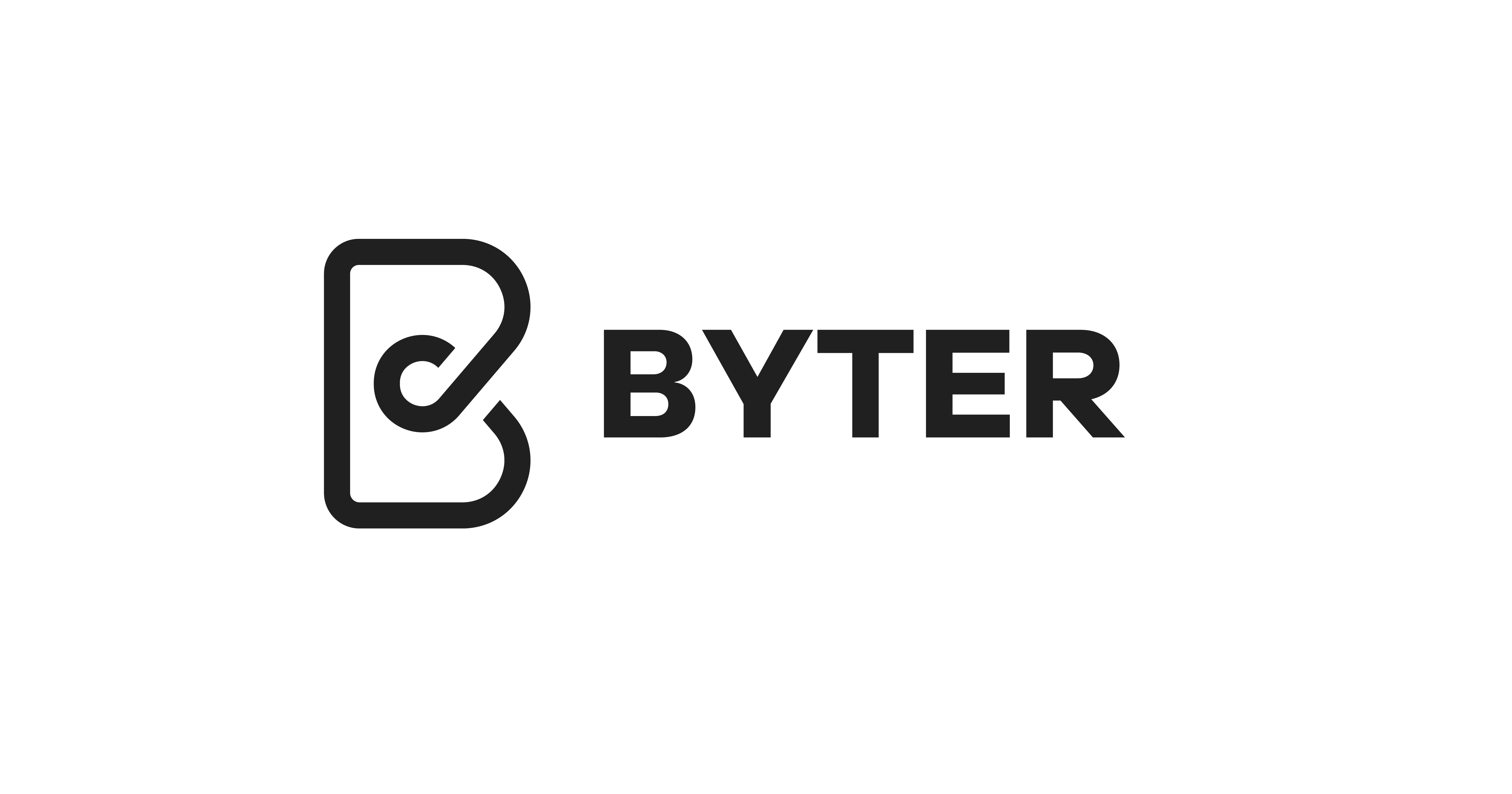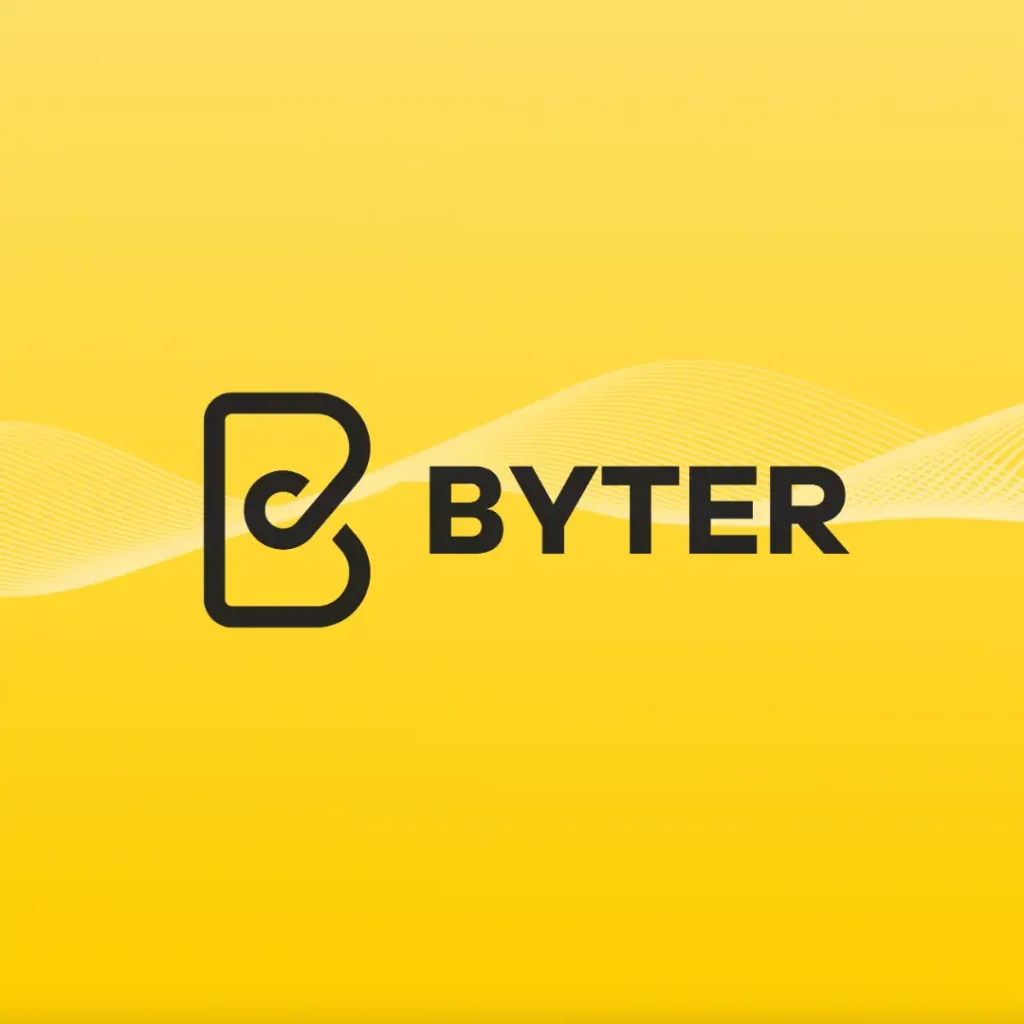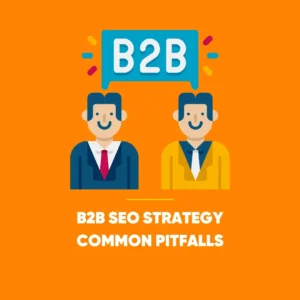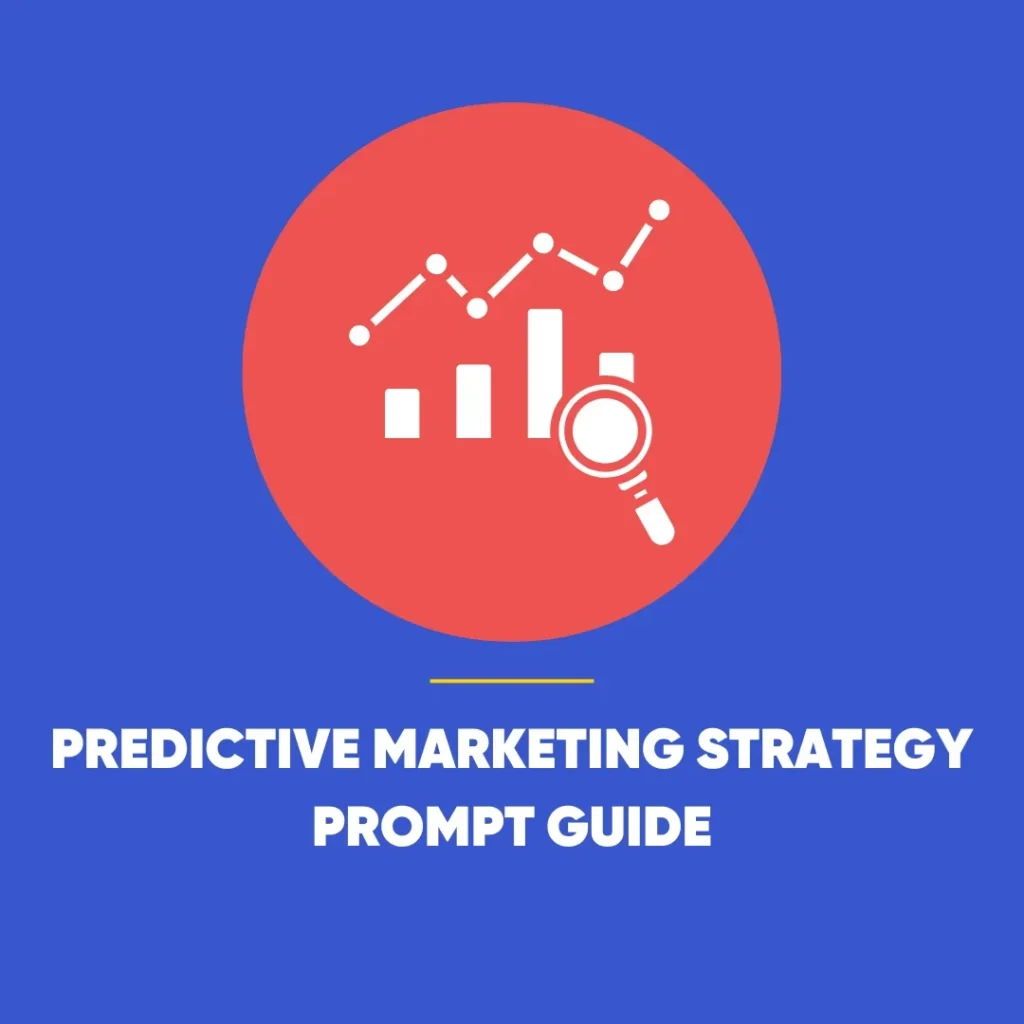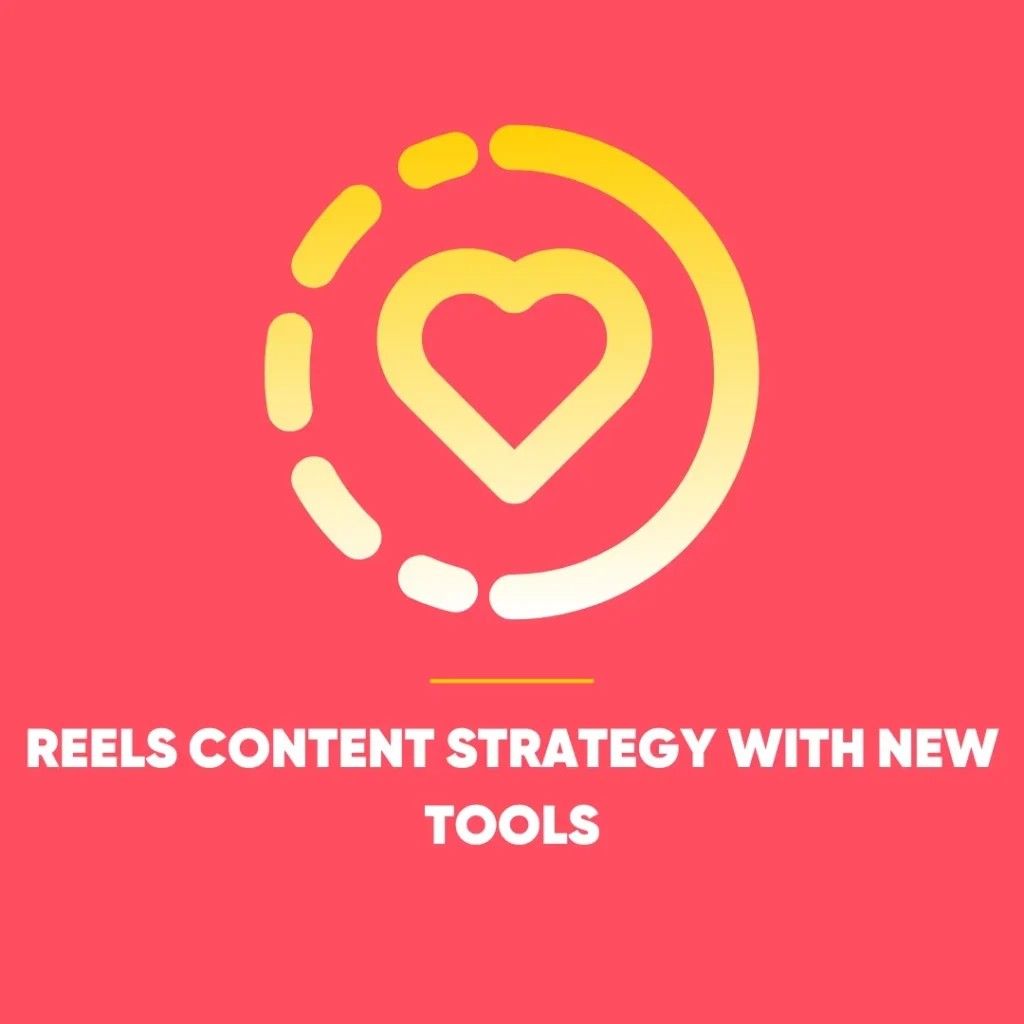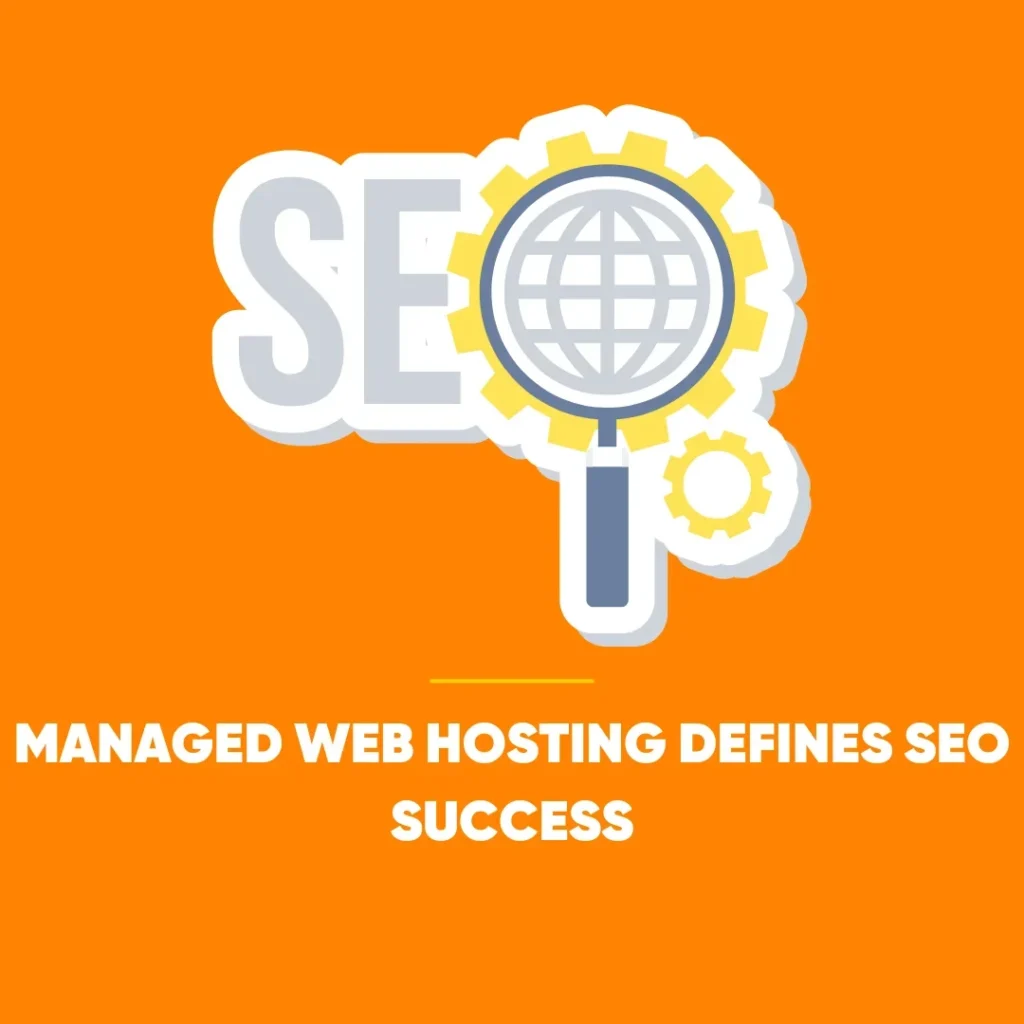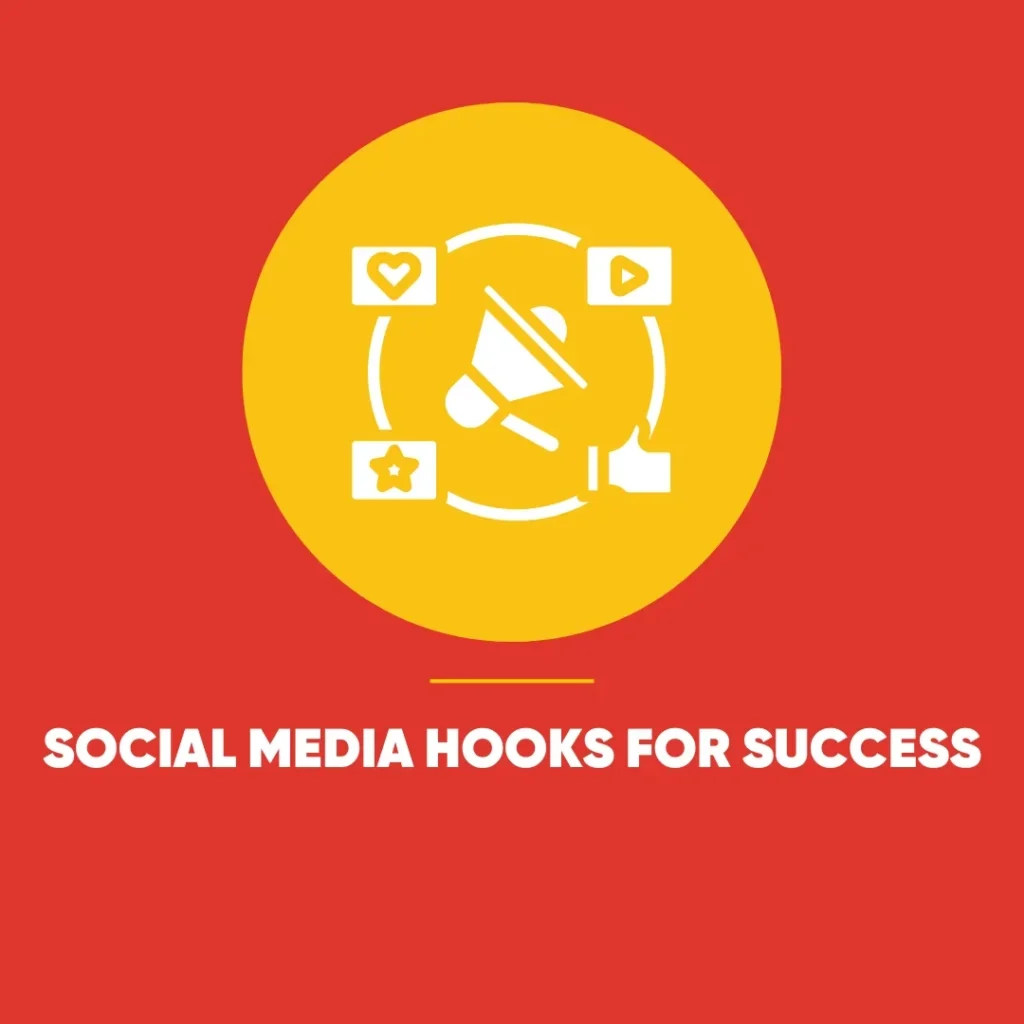Brand Mention Strategy: Why It Matters
A brand mention strategy strengthens visibility by turning online references into trust signals, even when no direct link exists. These “implied links” act as social proof: third parties talking about your brand lend credibility more powerfully than self-promotion.
While search engine optimisation (SEO) has long emphasised backlinks, mere mentions now hold influence of their own. They signal to Google and AI models that a brand is genuine, relevant and trusted – making them an essential component of a modern visibility strategy.
Mentions also bolster brand recognition, attract referral traffic, and sometimes evolve into proper backlinks over time. In short: they are an often-overlooked, yet potent, complement to traditional SEO efforts.
How a Brand Mention Strategy Shapes Search and AI
Google and Implied Links
 When Google’s web crawlers detect your brand name in a high-authority article (even without a direct link), these references contribute to your entity profile – associations with topics, perception of authority and relevance.
When Google’s web crawlers detect your brand name in a high-authority article (even without a direct link), these references contribute to your entity profile – associations with topics, perception of authority and relevance.
As a result, consistent mentions across credible sources help Google more confidently understand what your brand stands for and where it fits. Thus, your content is likelier to surface for relevant queries.
Large Language Models (LLMs) and Mentions
Though LLMs like ChatGPT don’t crawl the web live, they absorb vast text datasets during training. If your brand appears frequently in respected sources, LLMs associate it with certain domains, qualities or topics.
Therefore, when users ask a model-based assistant for recommendations, your brand may be cited – even in the absence of hyperlinks. In effect, you become part of the “knowledge fabric” these systems draw on.
Because of this, brand mentions now carry value in both search algorithms and AI-powered discovery.
Integrating Brand Mentions into SEO Strategy
Mentions are not a replacement for classic SEO pillars – backlinks, technical optimisation, content quality – but they act like connective tissue between your content and the larger digital conversation.
If a business is already investing in content marketing, PR or opinion pieces, brand mentions often come naturally. The goal is to track them, amplify them, and (where possible) convert the strongest into backlinks.
Discovering Brand Mention Strategy Opportunities Online
To make the most of brand mentions, you first need to know where they occur. These mentions may appear in blogs, podcasts, forums, social media or review sites – sometimes invisibly to you.
Here are tools that help locate and monitor mentions:
- Google Alerts – a simple, free way to receive notifications when your brand name appears in indexed content. (Set up alerts for your brand, product names or key terms.)
- Mention – a real-time media monitoring tool covering articles, forums and social media. It allows filtering by influence, sentiment, platform and lets users react from within the dashboard.
- Brandwatch – enterprise-grade monitoring for brand intelligence, tracking trends in sentiment, topic clusters and visibility across large networks.
- Hootsuite – primarily a social-media scheduling tool but useful for monitoring streams that alert you to brand mentions across networks like LinkedIn, X and Instagram.
- AnswerThePublic – not a direct monitor, but useful for uncovering how people talk about your brand indirectly (questions, comparisons) – an excellent way to spot potential content and context you may want to claim.
Strategies to Earn More Brand Mentions
 It’s not enough just to exist – you must create reasons for people to talk about you. Here are five effective approaches:
It’s not enough just to exist – you must create reasons for people to talk about you. Here are five effective approaches:
1. Guest Content with Subtle Mentions
Rather than mass-pitching templated posts, target blogs within your niche and pitch fresh angles. Within guest articles, weave in your brand name naturally (as part of examples, case studies or insights). You don’t always need a backlink – the mention itself has value.
2. Campaigns Built to Be Shared
Create social or content campaigns that invite user interaction and sharing – for instance, photo challenges, quotes from your customers, or hashtag-driven participation. When people join, they begin mentioning your brand organically.
3. Digital PR & Media Exposure
An effective brand mention strategy encourages engagement with journalists and content outlets through platforms like HARO, Qwoted, and Featured.com. Provide timely, quotable insights so your brand can be referenced (even without a link). Appearances in well-respected publications still carry authority in the form of implied mentions.
4. Deliver Exceptional Customer Experience
When your product, support or onboarding impresses, people will often talk about it. Encourage satisfied customers to share stories – even screenshots, mini-reviews or tweets. Monitor and engage with those mentions to amplify them.
5. Partner Authentically with Influencers
Focus on creators who truly align with your audience. Offer them value – early access, insights or co-creation rights – and let them mention your brand in a way that feels natural to their content. These mentions can feel more genuine and often gain traction with search engines and AI systems.
Converting Brand Mention Strategy into Backlinks
While implied mentions are valuable, high-quality backlinks still influence rankings today. You can often turn an unlinked mention into a hyperlink through polite outreach:
- Identify an unlinked mention via your monitoring tools.
- Assess the site’s domain authority and traffic (e.g. using a tool like Ubersuggest).
- Reach out to the author or site owner with a friendly note, thanking them for the mention and asking if they’d consider adding a link to your homepage (or relevant page).
- Do this selectively prioritise strong domains or those already favourable in tone.
This approach is low-effort yet often surprisingly effective.
Measuring the Impact of Mentions
 To ensure your efforts are paying off, track metrics that reflect real impact:
To ensure your efforts are paying off, track metrics that reflect real impact:
- Branded Search Volume: Monitor if more users are searching for your brand or product names over time.
- Referral Traffic: Even without links, some sources may drive clicks when users manually type or copy – check analytics for traffic spikes tied to domains.
- Backlink Growth: Use backlink tools (Ahrefs, Moz, etc.) to track which mentions convert into links.
- Lead or Sales Conversations: Ask prospects how they heard about you or whether they’ve seen you mentioned online.
- Month-on-Month Trends: Maintain a baseline for mention volume, sentiment and visibility (especially in AI results) and compare over time.
Summary
A brand mention strategy plays a crucial role in modern SEO and AI-driven discovery, enhancing visibility through both linked and unlinked mentions. They help search engines and language models understand your brand’s relevance, build credibility, and sometimes lead to backlinks.
By tracking mentions, generating campaigns worth talking about, working with media and creators, and converting select mentions into links, organisations can amplify visibility in a way that complements classic SEO strategies. Over time, these efforts compound, helping brands be found, trusted and talked about in all the right places.
